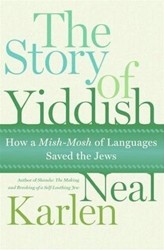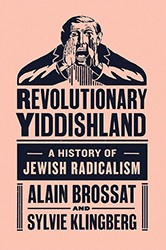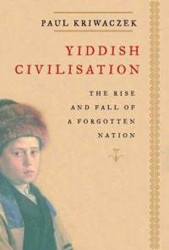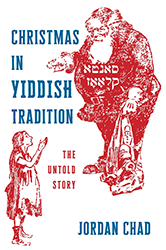As nationalism swept across Europe in the 19th century, Jews responded by trying to define their own nationality. In Russia, the nation with the largest Jewish population, one answer was the creation of a fully realized Yiddish culture—Yidishe visnshaft, a movement that embraced all areas of scholarship as well as the development of the language itself.
After the Russian Revolution of 1905, Yiddish also became the vehicle for a wide array of social and political movements, the language that could energize the proletariat and become the foundation of a Jewish nation with the same standing as the other nationalities in the Russian Empire. Barry Trachtenberg, assistant professor of European Studies at SUNY Albany, traces this movement from 1905 to its position as the dominant language of East European Jewry in the decades before World War II through the work of three major figures — Shmuel Niger, Ber Borokhov, and Nokhem Shtif.
Primarily a contribution to the field of Yiddish studies, the book gives the more general reader a picture of the social and ideological ferment of this period and the groundwork it laid for the rich Yiddish culture of the 1920’s and 1930’s that died in the ashes of the Holocaust, and the emergence of the United States and Israel as the new centers of the Jewish world. Bibliography, illustrations, index, notes.
Maron L. Waxman, retired editorial director, special projects, at the American Museum of Natural History, was also an editorial director at HarperCollins and Book-of-the-Month Club.





